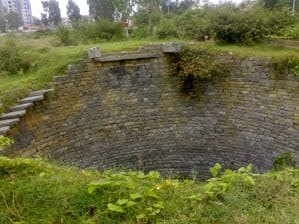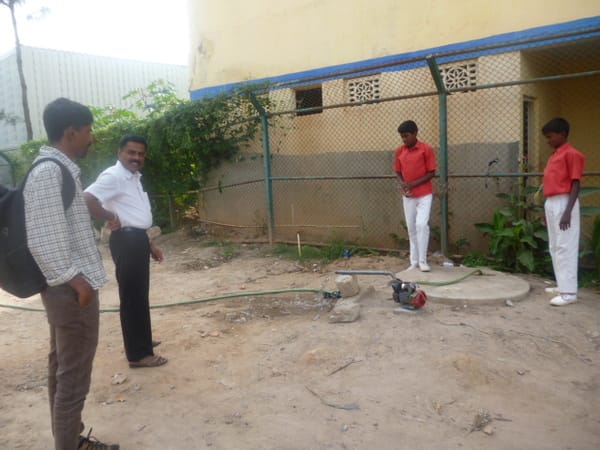A question we often get asked as rainwater harvesters is, is there any point in building a recharge structure adjacent to a lake ? Does the lake not recharge ground water ? Will the recharge structure/well make any difference ? This is a very pertinent question and I can write on what we have seen from experience
Very often you do see old open wells adjacent to lakes. The well used to be the place from where people drew the water for use. The water level in the lake and the water level in the well would more or less be in sync. That seems to indicate that water from the lake would seep out into ground and then into the well. So yes – the lake did send water into the ground which you could withdraw from the well. This is still true in many cases – when the lakes fill up, the wells fill up too. Eg Jakkur Lake
However over a period of time as the lake starts to silt up, the recharge rate reduces and hence the relationship between the water levels in the well and lake might also reduce.
For instance Kaikondrahalli Lake has an old open well about 40ft deep to its East that is dry. 3 new 15ft deep wells have been dug in the school to the West of the lake. All the wells have water. However these wells are being recharged with rainwater too. Why does the East Well not have water ? Has the well silted up and hence there is no percolation from the lake to the well ? There is a borewell at the bottom of the open well. Has the pumping out of water from the deeper regions emptied out the shallow aquifer ? Is it the artificial ground water recharge and not the lake that is feeding the shallow open wells in the school ? Its hard to say.
However, one thing that can be said for certain, the lakes dont seem to be having an obvious/hard to miss positive effect on deep borewells in the vicinity. Deep Borewells around the lake continue to dry up or yield less

Well with Water : near Jakkur Lake
DRY old open well – EAST of Kaikondrahalli Lake
Yielding Well in Renuka School – WEST of Kaikondrahalli Lake

